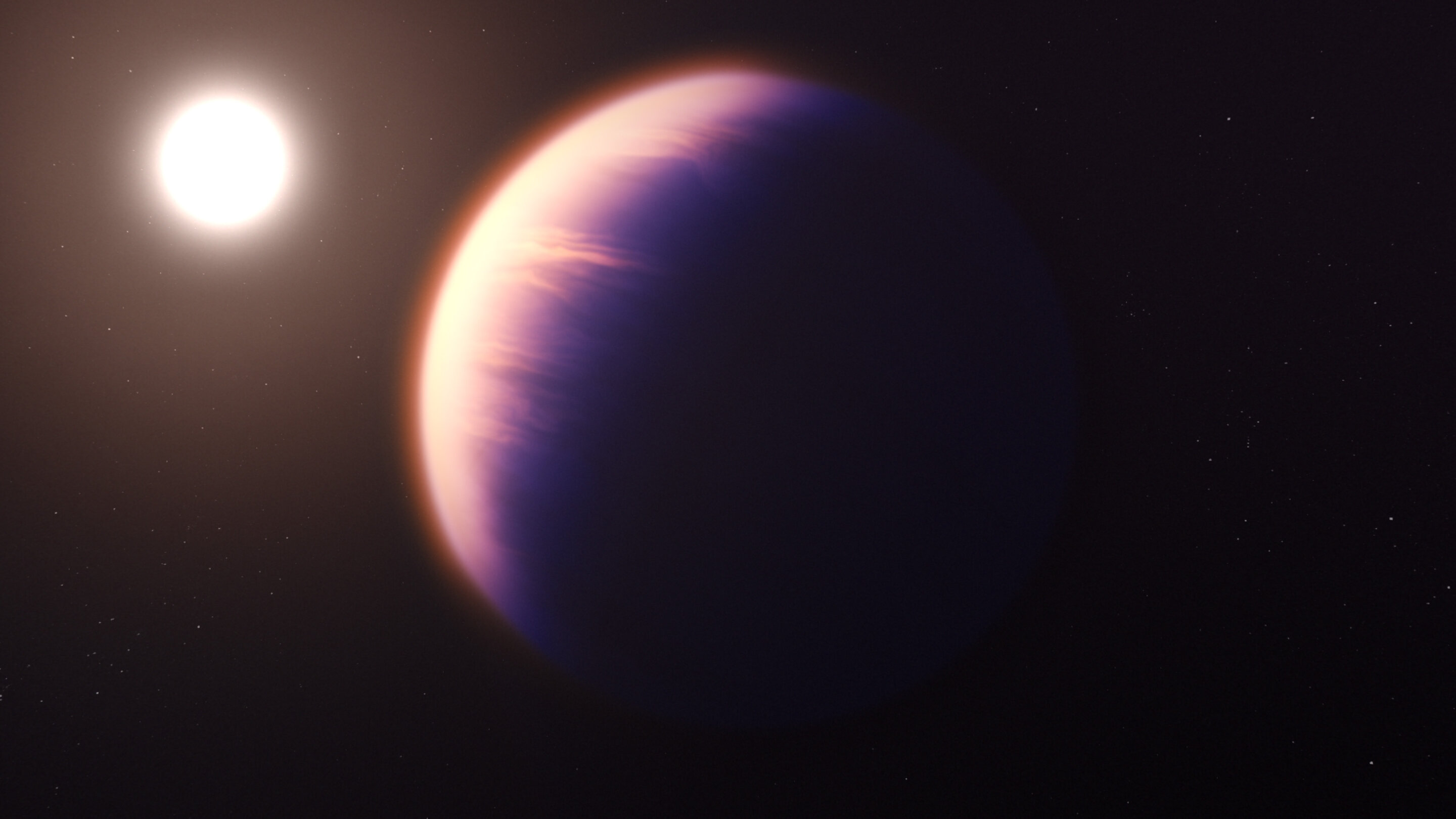I see Exoplanet.eu just added it. [I spent an hour writing a program to add newbie exoplanet data to my program.

Oh well, glad they are quicker than I thought.

]
Based on the star temp. (3185K) and star radius (0.275 solar rad.), the effective temp equates to ~ 298K. Thus, the inner HZ will be outside this orbit (270K is the upper limit). But, if the Bond Albedo is increased to just over 0.5, then it does fit. I assume a water world might have a higher albedo. But is this their reasoning?
That's a striking difference! How did you get that value?



